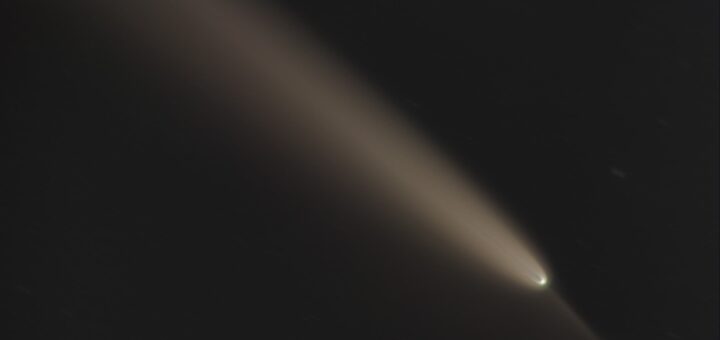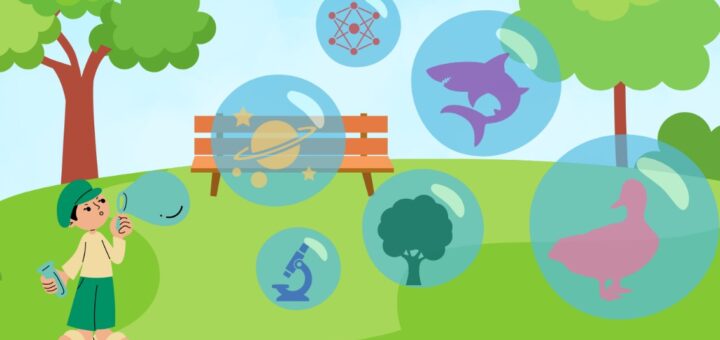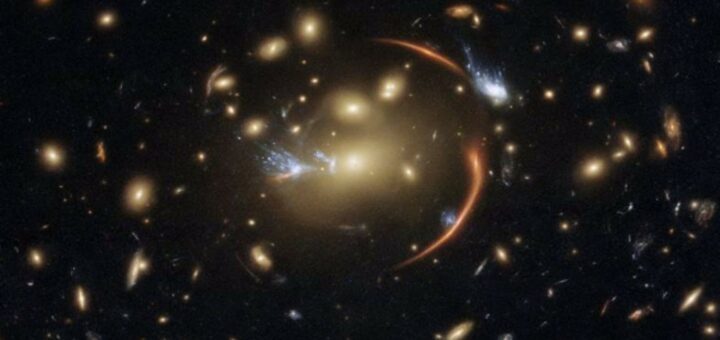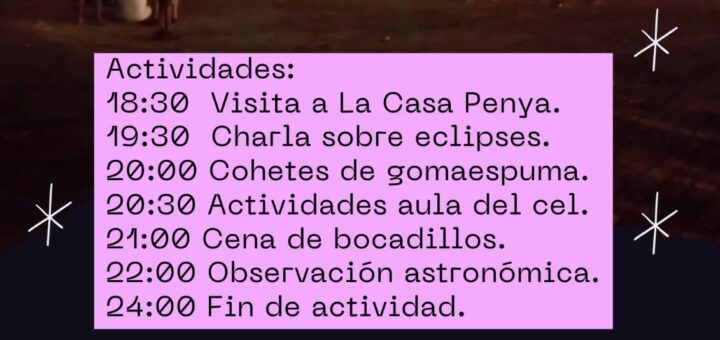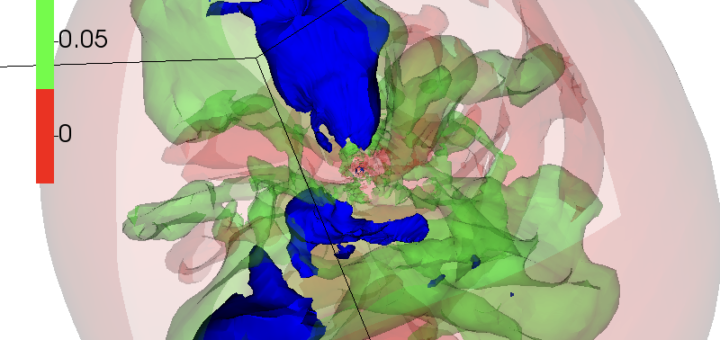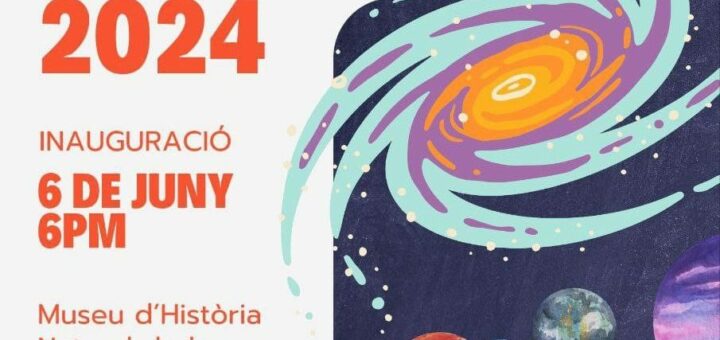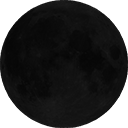Comet C/2023 A3 (Tsuchinshan-ATLAS), captured from our observatory
Our team at the Aras de los Olmos Observatory (Vicent Peris, Alicia Lozano, and Óscar Breviá), great experts in astrophotography, have taken some very impressive photos of the comet. Here is one taken yesterday, October 17th, where you can clearly see the nucleus, the tail, and even the antitail.

